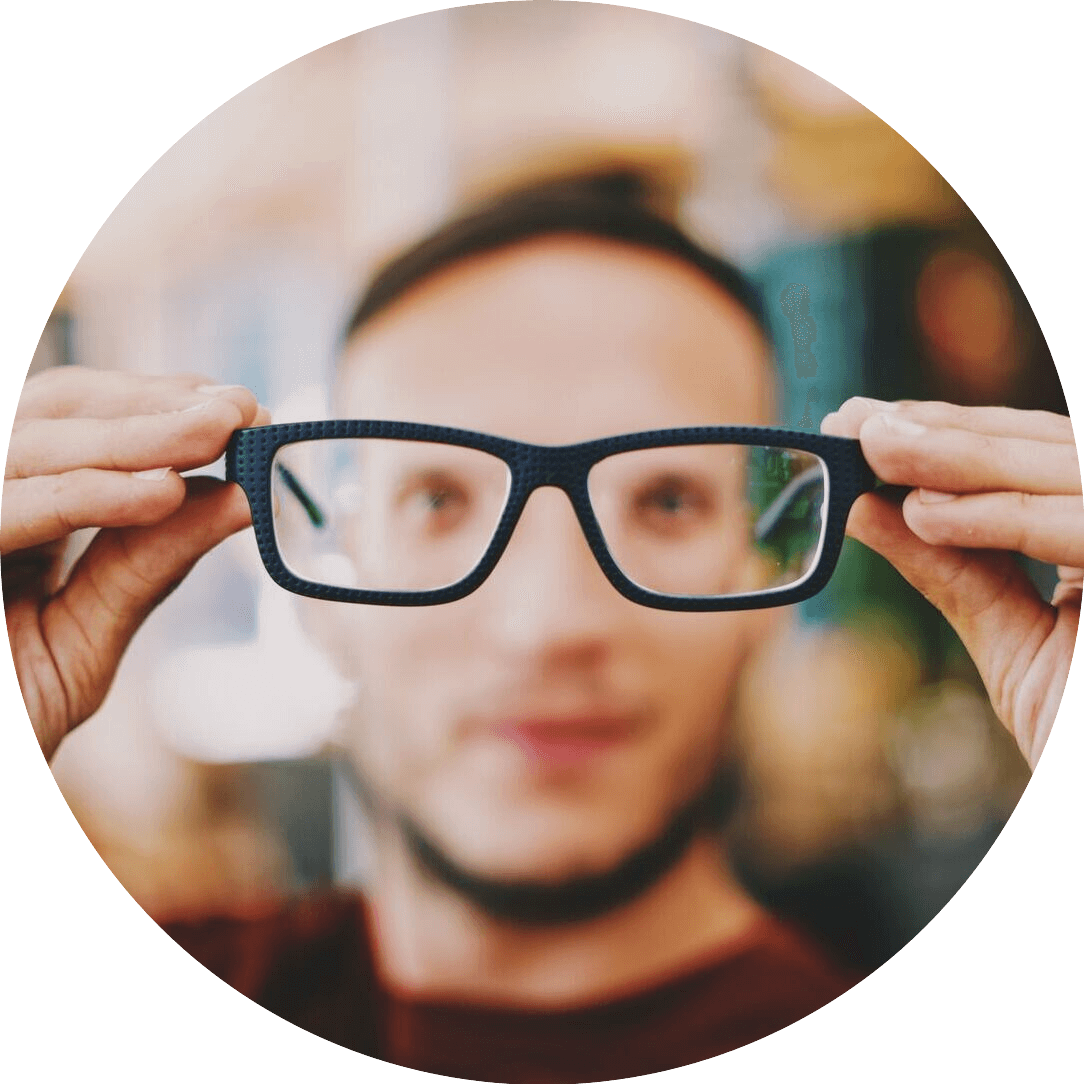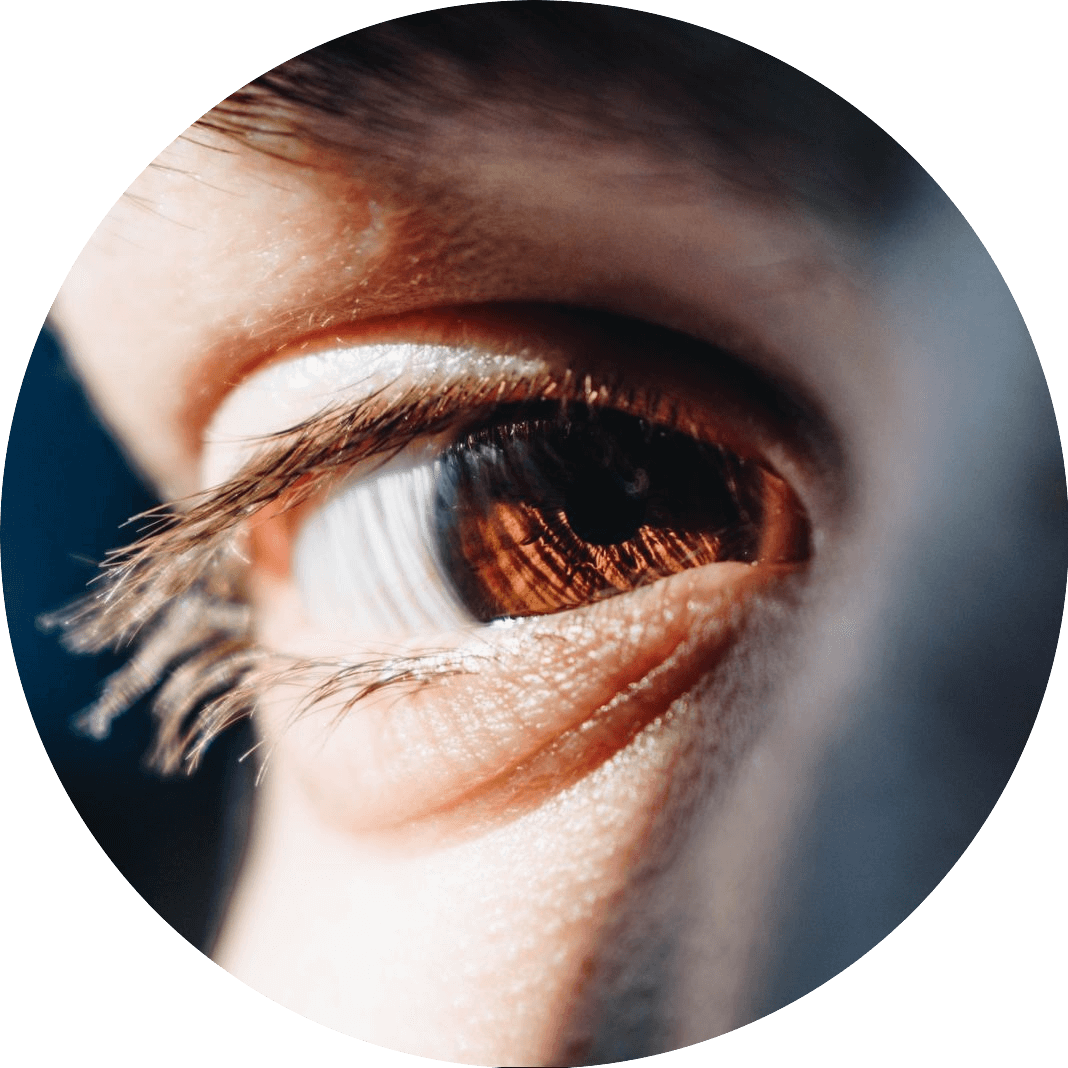What is Myopia?

Myopia is derived from the Greek word Muops meaning short-sighted. People with nearsightedness or Myopia are not capable of seeing distant things clearly. When asked “what is Myopia”, you can define it as a refractive error that manifests as the inability to refract, bend and focus light rays properly through the human eye.
When asking “What is Myopia?”, it is important to know the various types of the condition to better understand it.
First, there is the congenital type which refers to babies who are born with the condition. Next is Simple Myopia which is the most common form of nearsightedness among people. This usually begins at the age of 5-10 years old up to 15-20 years old which is usually caused by the length of one’s eyeball or simply put, curvature. The third type is called pathological myopia. This type of nearsightedness refers to myopia that is passed on as a hereditary condition and also comes with degenerative changes in the eyes that come with age.
Patients who have the tendency to squint with the objective to see things better are likely to have some form of eye condition that puts pressure on their eyes when trying to see or view things clearly.
Ortho K Myopia Treatment
Orthokeratology lenses reshape the cornea while you sleep, allowing you to enjoy improved vision in the morning.
Myopia or nearsightedness is a common refractive error. A person diagnosed with myopia can see near objects perfectly but objects at a distance may appear blurry or distorted-hence being called nearsightedness. Since Myopia or nearsightedness is caused by an irregular shape of the cornea, ortho K or orthokeratology is another solution other than prescribed eye glasses or contact lenses. Orthokeratology aims to reshape the shape of the cornea through the use of special contact lenses that are meant to be worn during sleep.
Myopia is a hereditary eye condition which means that if your parents are nearsighted, you have a high probability of being affected too. However, genes are not the only reason for a person to have an increased chance of having myopia. Environmental factors brought upon by lifestyle and daily activities like excessive blue light exposure can also cause a person to become nearsighted.
As a solution to Myopia, orthokeratology or ortho k is an optional solution. This is a non-surgical and non-invasive procedure that minimises one’s need to wear glasses or contacts lenses during the day. Ortho K for myopia works by gradually reshaping the surface of your eye or your cornea. Unlike regular contact lenses, this is meant to be worn while you sleep. If a child is diagnosed with myopia, Ortho K is seen to be most effective to slow down the progression of the condition. Results of this treatment can be significantly seen as early as the 1st or 2nd night of usage.

Where can I get Ortho K for Myopia?
The Ortho K Group utilise orthokeratology for myopia treatment at our Melbourne clinics, all in a safe and welcoming environment.
Ortho K has been shown to slow down the progression of short-sightedness by about 50% in young people, with significant improvements also being possible in adults.
This means that Ortho K is not only able to correct your vision, but can also slow down the development or progression of myopia, allowing for lifelong clear vision.
Our Melbourne Practices
Those considering Ortho K for myopia will find our practices easy to access, regardless of where they are in Melbourne. Children especially will benefit from our Ortho K for myopia, as early-stage myopia can be effectively managed with orthokeratology lenses.
For safe myopia correction in Melbourne, turn to the experts at the Ortho K Group. Make an appointment today to learn if you or your child are suitable for Ortho K as a myopia control.

Myopia Causes
Myopia is the most common eye condition recorded globally. Currently, 2% of the Australian population is understood to be myopic. With the rapidly growing numbers combined with the digital lifestyle, global research suggests than by 2050, 50% of the global population will have Myopia. Myopia causes a person to see near objects clearly but distant ones to be blurry making it difficult to see specially when performing tasks like driving.
Myopia causes can be both hereditary or environmental. Myopia is a common eye condition that can be passed on within the family. This makes it all the more important to have a child’s vision checked as per recommendation of a paediatrician. This should be monitored especially during the core developmental years. Other than hereditary myopia causes, environmental factors also play a big role for a person the develop Myopia if not within the family. These factors include daily eye straining activities and excessive exposure to blue light which is very difficult to avoid nowadays. This means that sitting in front of a computer screen or spending hours on your mobile phone can lead to the development of myopia or near-sightedness.
Myopia can start to develop gradually but if not diagnosed early, progression will begin to happen which means having more difficulty to see things at a distance. This is why it is important to have a child checked for conditions like this to avoid further development and progression.
Myopia Symptoms
A person who has myopia will have the difficulty performing daily activities that require looking at things from a distance. Myopia symptoms may start from early childhood but can also begin during one’s developmental years.
Here are some myopia symptoms to look out for to advance the detection of myopia:
- If you can read what is in front of you but find the need to squint in the attempt to see a sign far from you
- If you are experiencing constant eye strain because your eyes feel the pressure of trying to see and focus on distant objects.
- This can also be accompanied by chronic headaches and fatigue.
If you experience any of these myopia symptoms, it would be best to see an optometrist to get it assessed and corrected to control the progression in its early stages.
